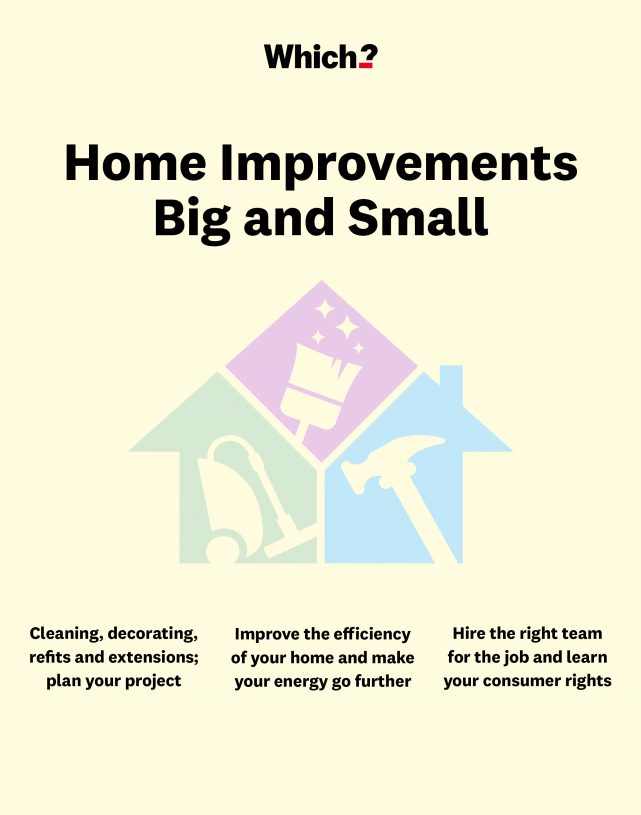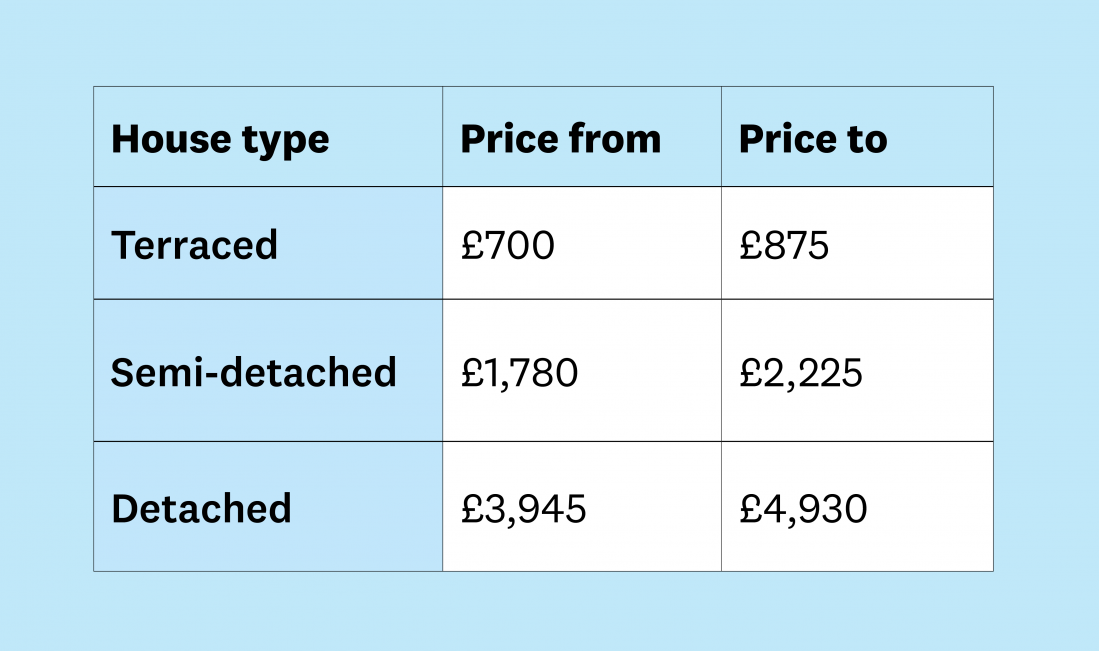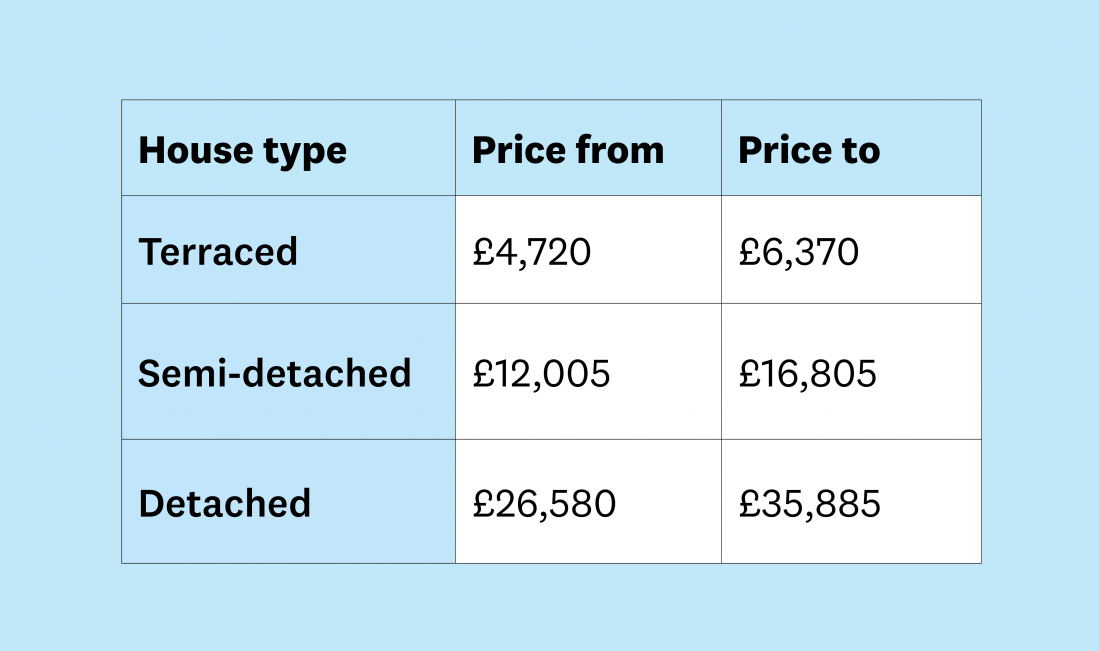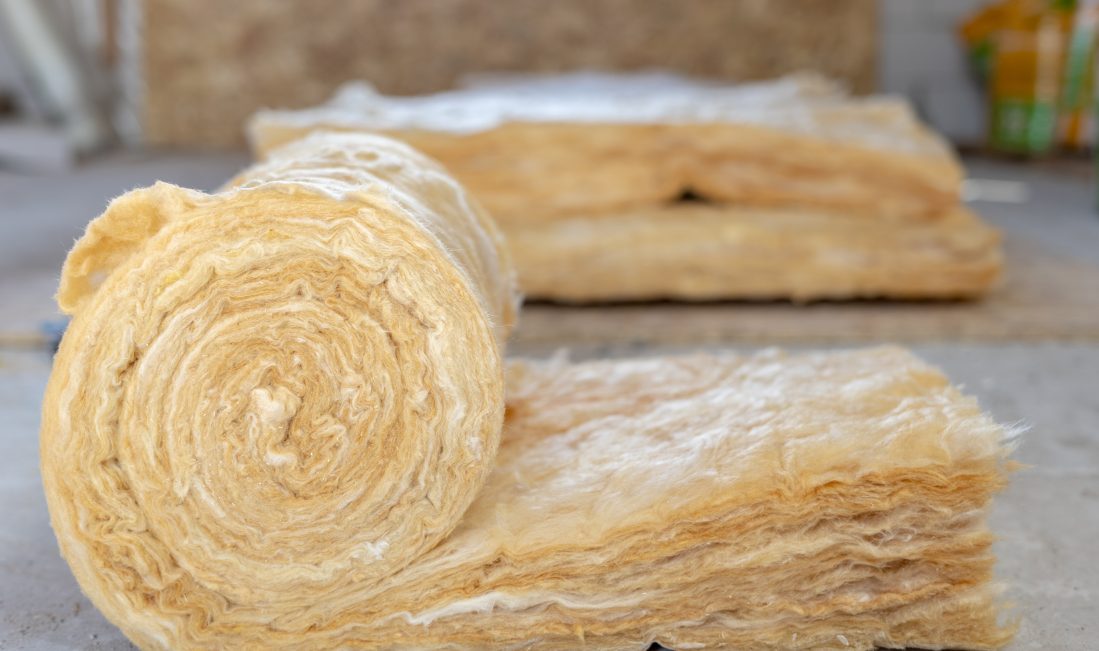User guide
Finding your way around the guide
To navigate between pages, click or tap the arrows to go forwards to the next page or backwards to the previous one. The arrows can be found either side of the page and at the bottom, too (circled in green, below).


Menu/table of contents
Click or tap on the three horizontal lines in the top-right of your screen to open the main menu/table of contents. This icon is always visible whether you're using a computer, tablet or smartphone. The menu will open on top of the page you’re on. Click on any section title to visit that section. Click the cross at any time to close the table of contents.
Text size
On a computer, you'll see three different sized letter 'A's in the top-right of your screen. On a smartphone or tablet these are visible when you open the menu (see above). If you’re having trouble reading the guide, click or tap on each of the different 'A's to change the size of the text to suit you.
Pictures
On some images you'll see a blue double-ended arrow icon. Clicking or tapping on this will expand the picture so you can see more detail. Click or tap on the blue cross to close the expanded image.
Where we think a group of images will be most useful to you, we've grouped them together in an image gallery. Simply use the blue left and right arrows to scroll through the carousel of pictures.
Links
If you see a word or phrase that's bold and dark blue, you can click or tap on it to find out more. The relevant website will open in a new tab.
Jargon
If you see a word or phrase underlined, click or tap on the word and small window will pop up with a short explanation. Close this pop-up by clicking or tapping the cross in the corner.
Help
On a computer, you'll see a question mark icon in the top-right of your screen. On a smartphone or tablet this is visible when you open the menu (see above).
Clicking or tapping on the question mark will open this user guide. It opens on top of the page you're on and you can close it any time by clicking or tapping the cross in the top-right corner.

Insulating your home
Insulation is relatively cheap to install and can make a big impact on your bills, so you can quickly recoup your costs.
The more heat you can keep in your house, the less energy you’ll use maintaining a comfortable temperature. Insulation is key to this. Your home’s loft, roof, walls and floor may all benefit from insulation, but there are significant differences in how much you’ll need to spend to reap the benefits. We look at typical prices if you need to get the professionals in, and what types of insulation you might want to tackle yourself.
Insulating your home on a budget
The loft
If you’re lacking loft insulation – or even if it’s not as thick as the recommended 270mm – installing ‘cold loft’ insulation could bring quick returns by way of lower heating. Loft insulation typically costs around £20 for a 100mm-thick roll, designed to cover 8.3m². A lot of people will be able to fit this themselves, making the whole job a great budget choice.
We have a detailed advice guide on how to insulate your loft and whether blanket insulation or a different type will work best in your house.
The roof
If your loft is only needed for storage, then standard ‘cold loft’ insulation is fine. However, if it’s to be used as a living space, it needs to be warm. In this situation, insulation should be installed directly under the roof in the plane of the roof’s slope (pitch).
Ventilation is needed immediately below the roof tiles to ward off condensation, which can put your roof structure at risk of rotting. Confident DIYers may be able to install this kind of roof insulation, but it can be tricky to get just right. Find out if it’s something you could tackle by heading to our roof insulation guide.
Excellent insulation is a great step towards using less energy and creating a more sustainable home. Find out how you can live more sustainably by making changes for the planet and your pocket by signing up for our free monthly sustainability newsletter.
Share the link with friends and family – anyone is able to sign up. If you're a member, you should already be receiving the newsletter, but if you don't, you can sign up again using this link.
The walls
Poorly insulated walls can account for a third to half of all heat lost from a home, depending on the type of building, whether the walls are cavity or solid and what condition they’re in.
Whether you have solid or cavity walls, installing wall insulation is definitely a job for a professional. Our Which? Trusted Traders include experts at installing insulation of all kinds. Read more about cavity wall insulation or solid wall insulation.
How much does wall insulation cost?
We've worked with the Royal Institution of Chartered Surveyors, which publishes average building work and repair costs, to bring you the average cost for cavity wall and solid wall insulation. This is just an approximation – bear in mind that costs will vary depending on where you live in the country.
Cavity wall insulation comparison
 (Table notes: Injected polystyrene beads to wall, cavity width 100mm. Making good all holes on completion. Data copyright RICS 2022, reproduced with permission. Data is current as of October 2022.)
(Table notes: Injected polystyrene beads to wall, cavity width 100mm. Making good all holes on completion. Data copyright RICS 2022, reproduced with permission. Data is current as of October 2022.)
Solid wall insulation comparison
 (Table notes: This includes 100mm expanded polystyrene insulation (EPS) board to external brick wall, prime and render. Data copyright RICS 2022, reproduced with permission. Data is current as of October 2022.)
(Table notes: This includes 100mm expanded polystyrene insulation (EPS) board to external brick wall, prime and render. Data copyright RICS 2022, reproduced with permission. Data is current as of October 2022.)
Will my heating bills be lower with wall insulation?
Yes. It will take a few years to recoup the total cost of the wall insulation, but you should save up to a few hundred pounds per year.
If your house is less than 20 years old it’s likely to have insulated cavity walls.
If your house is 20 to 100 years old it’ll probably have (uninsulated) cavity walls.
Older houses, which make up approximately a third of UK homes, will have solid walls.
The floor
Floor insulation is the priciest of all house insulation, and you’ll need to be patient before you get the return on your investment. However, as much as 15% of the heat in a room can be lost through uninsulated ground floors, so it’s still well worth doing if you can afford it. Read about the options in our floor insulation guide.


